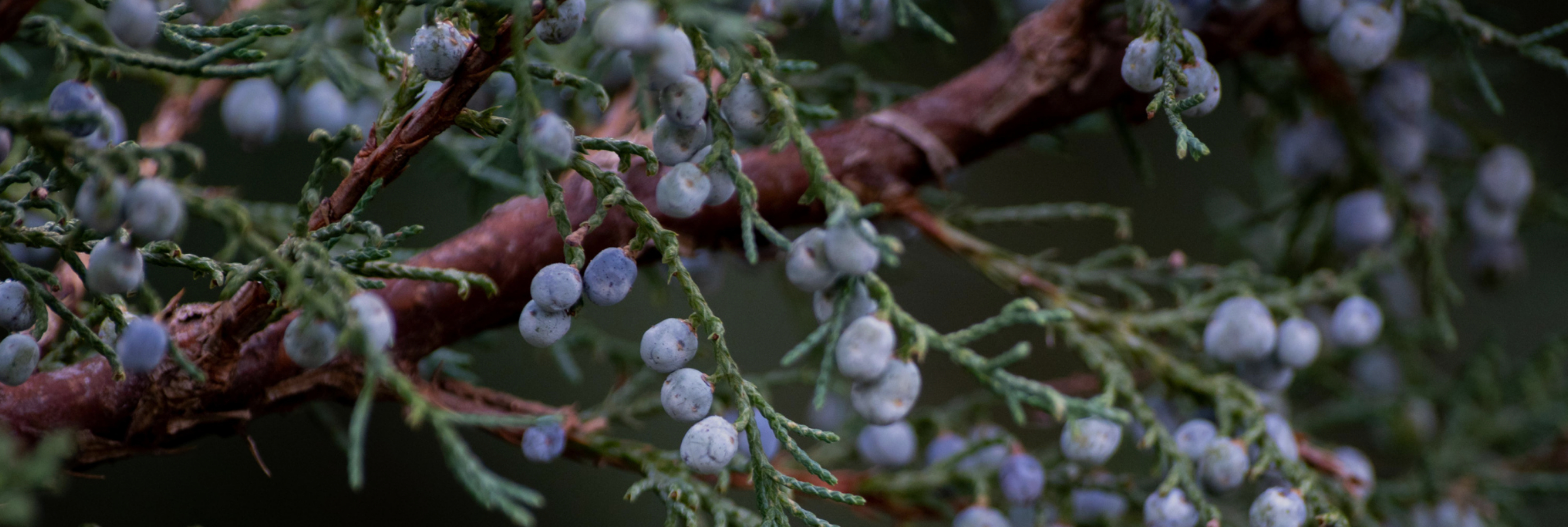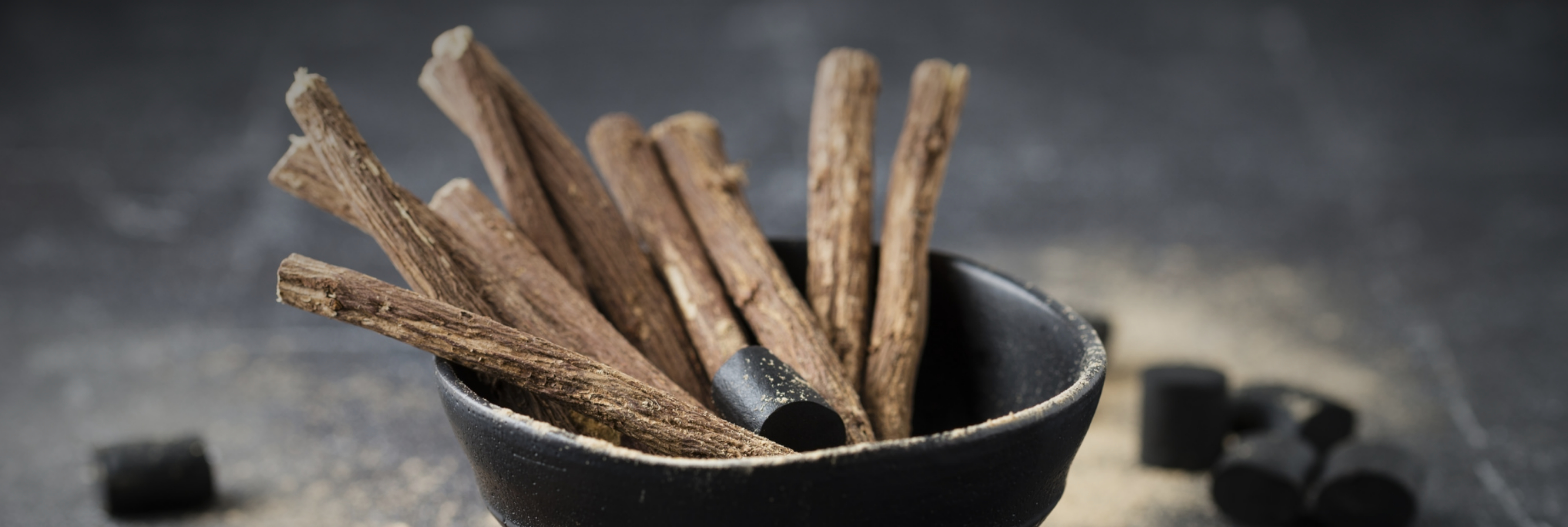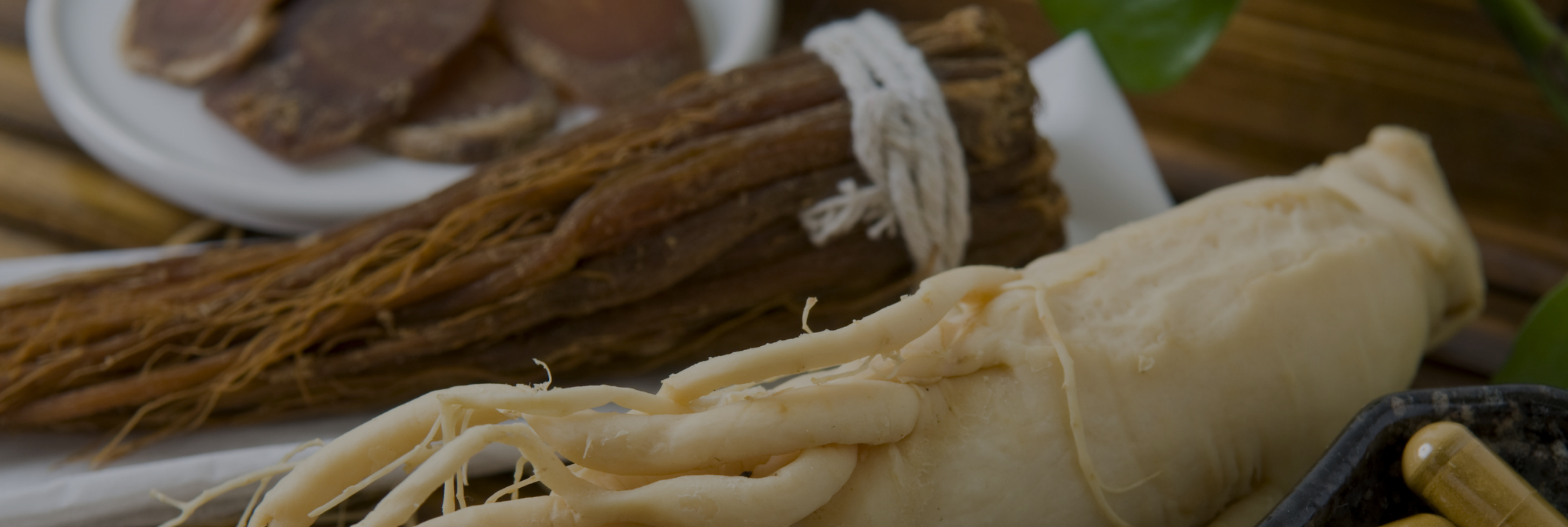Dietary fibres plays an essential role in maintaining good health. However, today, a significant part of the population is lacking in these nutrients. Manufacturers are therefore seeking to design products that allow consumers to easily increase their daily fibres intake. Natural Origins unveils here one of its naturally rich in botanical fibres references that combines pleasure and digestive benefits.
The role of fibres
- Carbohydrates
Carbohydrates, or sugars, include many compounds: mono- and disaccharides, oligosaccharides and polysaccharides. From a nutritional standpoint, these carbohydrates are divided into two categories: those that are digested and absorbed in the small intestine and give energy to the body; and those that are neither digested nor metabolised and are called dietary fibres (1).
- Dietary fibres
Dietary fibres come from sugars of botanical origin that are not digested by human enzymes and are combined with lignin or other components such as polyphenols, saponins, cutin etc. These fibres undergo fermentation in the small intestine which results in the release of short chain fatty acids (2) (AGCC such as acetate, propionate and butyrate) important for body maintenance (3). Fibres also have the advantage of being lower in calories, that being 2kcal for 1g of fibres against 4kcal for 1g of carbohydrates.
There are two types of fibres: soluble fibres and insoluble fibres. These two categories of fibres, which can be found in the same ingredient, are recommended for a healthy diet with a daily intake of 25 to 35g per day for an adult. However, according to the NutriNet Santé study, the French only consume about 20g, which is why it is important to pay attention to fibre intake.
Soluble and insoluble fibres have distinct characteristics and health benefits:
Characteristics and benefits of solubles fibres
- include pectins, gums and mucilages, which are found in vegetables and fruits (apples, pears, oranges, strawberries, etc.)
- dissolve on contact with liquids and form a gel that lines the wall of the colon. The micro-organisms of the digestive system ensure a more complete fermentation of the soluble fibres.
- reduce the absorption of fats, bad blood cholesterol and triglycerides
- prevent cardiovascular diseases (4)
- slow down the absorption of carbohydrates and therefore assist in the prevention of type 2 diabetes
- reduce digestive discomfort and prevent diarrhea while improving the balance of the intestinal flora
- slows down digestion, prolongs the feeling of satiety enabling better weight control
Characteristics and benefits of insolubles fibres
- include lignin, cellulose and hemicellulose found in some legumes (e.g. chickpeas, lentils, kidney beans) and vegetables, but also in seeds, leaves and roots, fruit skins, psyllium, oats (beta-glucan form), barley, wheat bran, wholegrain cereals, oilseeds, flaxseeds and chia seeds, seaweed (alginate form) etc.
- do not dissolve in water but expand considerably and thus speed up the transit
- contribute to appetite and weight control
- prevent constipation and maintain a healthy digestive system
- could prevent certain digestive or colorectal cancers
The interest of fibres for microbiota
- Probiotics
Fibres, as a botanical component resistant to digestive and intestinal enzymes, arrive intact in the colon where they are mixed with over 400 different species of bacteria. Some strains of these bacteria thrive on these fibres: probiotics, which prevent pathogenic microorganisms from entering the body through the digestive tract.
- Prebiotics
Prebiotics are fermentable fibres that are beneficial to health because they stimulate the growth and activity of the good bacteria that make up the intestinal microbiota. Oligosaccharides, such as inulin, fructo-oligosaccharides and galacto-oligosaccharides, are well-studied prebiotic fibres.
- Microbiota
Recent research on the intestinal microbiota has proven that it has a profound impact on physiology and health, and increasingly important mechanisms related to its influence are being discovered (5).
We conducted an in vitro study on the intestine (6) which demonstrated the beneficial impact of our baobab pulp fibres on the intestinal microbiota. The baobab pulp contains over 50% content of soluble and fermentable fibres. The fermentation of these fibres selectively stimulates the growth of substances such as acetate, propionate, butyrate, beneficial to the health of microbial strains present in the human intestines. The fermentation of the pulp powder of this fruit thus presents a promising prebiotic potential. Diet is indeed one of the most powerful modulators of the functions and composition of the intestinal microbiota (7).
The fermentation of dietary fibres and the production of acids shape the microbiota and modulate immune homeostasis. The reduction of Western diseases due to lack of fibres thus depends on a diet that preserves and enriches the microbiota and the intestinal flora.
Please feel free to contact us.
To see our entire product range, check out our online catalogue available 24 HOURS A DAY 7 DAYS A WEEK.
Sources :
(1) L’Organisation mondiale de la santé définit comme fibre alimentaire « tous les glucides qui ne sont ni digérés ni absorbés dans l’intestin grêle et ont un degré de polymérisation (DP) d’au moins dix unités monomères ». L’Autorité Européenne de Sécurité Alimentaire (EFSA) quant à elle, inclut tous les glucides qui ne sont ni digérés ni absorbés dans l’intestin grêle et qui ont un degré de polymérisation d’au moins 3 unités.
(2) De Vadder, F., Mithieux, G. Les fibres alimentaires induisent des bénéfices métaboliques via l'activation de la néoglucogenèse intestinale. Obés 9 , 280-285 (2014). https://doi.org/10.1007/s11690-014-0451-8
(3) Dhingra D, Michael M, Rajput H, Patil RT, “Dietary fibre in foods: a review”, J Food Sci Techno, Vol. 49, P. 255-266, 2012.
(4) Dietary fibre intake and risk of cardiovascular disease: systematic review and meta-analysis
BMJ 2013; 347 doi: https://doi.org/10.1136/bmj.f6879 (Published 19 December 2013)
(5) XIE, Liang, ALAM, Md Jahangir, MARQUES, Francine Z., et al. A major mechanism for immunomodulation: Dietary fibres and acid metabolites. In : Seminars in Immunology. Academic Press, 2023. p. 101737.
(6) Foltz M, Zahradnik AC, Van den Abbeele P, Ghyselinck J, Marzorati M. A Pectin-Rich, Baobab Fruit Pulp Powder Exerts Prebiotic Potential on the Human Gut Microbiome In Vitro. Microorganisms. 2021 Sep 17;9(9):1981. doi: 10.3390/microorganisms9091981. PMID: 34576876; PMCID: PMC8467054.
(7) Emanuele Rinninella, Ege Tohumcu, Pauline Raoul, Marcello Fiorani, Marco Cintoni, Maria Cristina Mele, Giovanni Cammarota, Antonio Gasbarrini, Gianluca Ianiro, The role of diet in shaping human gut microbiota, Best Practice & Research Clinical Gastroenterology, 2023,101828, ISSN 15216918,https://doi.org/10.1016/j.bpg.2023.101828. https://www.sciencedirect.com/science/article/pii/S1521691823000069

Chloé Blanchard
Life Science & Nutrition Product Manager








Leave a comment